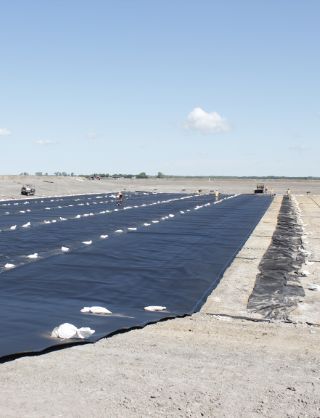Scan the headlines and you could be forgiven for thinking that global trade is a mess. Crisis brings a “me-first” mentality that has in the past wreaked havoc with global trade. Then there are the lockdown interruptions, and more recently, supply chain constraints caused by rapid recovery and Delta variant outbreaks at sensitive supply points. Mix in the challenges of the multilateral trade process and other World Trade Organization woes, and it would seem that this sensitive sector of the world economy is adrift. What do the numbers say?
Initial response to the pandemic chopped 17% off world exports from January through April 2020. The only reason for the four-month span was the staggered way COVID-19 hit different parts of the world. For most countries, the damage was done in just a month or two. Advanced economies were impacted hardest: They took a 23% hit, with the Euro Area the big loser at a whopping -31%. Emerging economies shed 10% of exports—an enormous decrease when the plan was double-digit growth. China and Latin America sustained advanced economy-like losses, likely reflecting their strong links with wealthier economies.
We’re all aware of that story, but general perceptions are that we’re still wallowing in mediocre, quasi-recovery responses. Not the case: Most countries had recovered the bulk of their export losses in two to three months! By August 2020, exports were down just 3.2% from pre-pandemic peaks, with advanced economies lagging at -5.2% and the emerging world fully recovered at +0.7%. Among the largest economies, the United States and United Kingdom had the most initial difficulty getting back on their feet.
Fast-forward to the latest data, and growth is the word. Across the planet, inflation-adjusted exports are up 5% from pre-pandemic levels. For the advanced world, it’s just 1% as waves of lockdown have inhibited growth, and as the U.K., U.S. and Euro Area remain well behind in the race to recovery. It’s a different story for the emerging world, which is 12% above pre-COVID-19 activity, with China up a stunning 21% and the rest of Emerging Asia up 16%. The only emerging regions that are struggling are Africa and the Middle East. Seems like our perception is heavily skewed by news coverage of the laggards.
So, why are the laggards lagging? Good question—it doesn’t seem to be for lack of demand. Every time those economies reopen, there’s a rush of exporting (and importing) activity. As opposed to a standard recession, where there just isn’t the appetite, this export picture is of a constrained economy that wants to grow, but isn’t allowed to—for the moment. Considering the substantial pent-up demand currently in place—as evidenced in the monstrous additional accumulation of cash balances during the pandemic—once the economy is permitted to go, exporters may not be able to handle all the growth.
You should also check out
This EDC guide examines future trade potential across 170 markets.
In fact, that’s already obvious. We’re seeing it in excess demand for commodities, intermediate and finished goods, and at the till. Prices seem to be rising everywhere as the grab for available goods is strong, rising and bound to be with us for a while. The perception of shortages is only fuelling a move to lock up as much supply as possible—a game in which the large players have a huge advantage.
Exports haven’t been spared from the price surge. Annualized export price growth is up 17.5% on average in the first half of this year. What’s more, the number seems to be accelerating. In the past three months, worldwide it has notched up to 20.5%, led by price gains in emerging market exports. However, the advanced world isn’t far behind, with annualized export price gains ramping up by almost 17% in the past three months. Costs are heating up, and there seems to be little sustained relief in sight.
The bottom line?
If global trade is being held back anywhere in the world, it seems that demand isn’t the problem. Freeing up supply seems to be the task at hand, and if done successfully, will reveal a groundswell of growth that may add to capacity constraints. It’s a good problem to have, and there’s a lot of work ahead to prepare for what’s coming. Trade isn’t off the rails—the rails just don’t go far enough at the moment. Build ’em, and trade will come!
This commentary is presented for informational purposes only. It’s not intended to be a comprehensive or detailed statement on any subject and no representations or warranties, express or implied, are made as to its accuracy, timeliness or completeness. Nothing in this commentary is intended to provide financial, legal, accounting or tax advice nor should it be relied upon. EDC nor the author is liable whatsoever for any loss or damage caused by, or resulting from, any use of or any inaccuracies, errors or omissions in the information provided.







